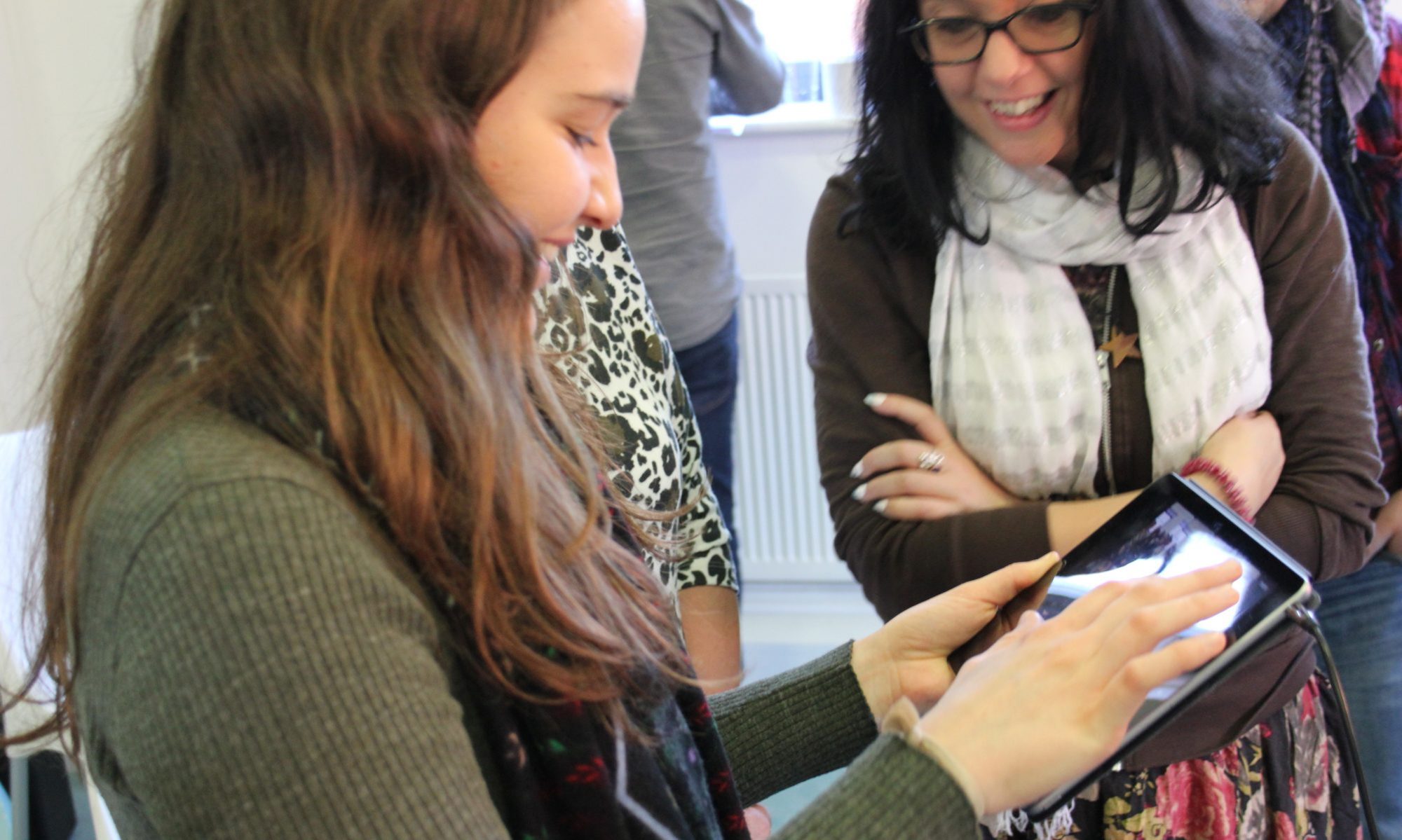Goooooooooooooal
Every four years, nations around the world turn their eyes toward the FIFA World Cup. Football is the world’s most popular sport with more than 3.5 billion estimated fans, and it transcends cultural boundaries in a way that most sports simply don’t. People might unite to support their own national team, or the spectacle of the tournament might draw them in. Whatever the case, the 2018 FIFA World Cup in Russia has produced high drama, joy, and surprise in equal measure.
But what makes a team tick?
The players who make up a national team squad may share a homeland, or heritage, but throughout the year they typically play in different, geographically scattered leagues, often at different levels of the game. To succeed, they must come to understand each other, and to internalise the manager’s vision in a small time period, under tremendous pressure. Beyond this, team members may have to deal with internal competition for a place on the pitch. Teambuilding is an art.
Positively oriented competition can drive innovation and breed close bonds within a team. But if it is not handled well, the consequences can spell trouble. In the workplace, it is important to balance these factors to get the most out of your own team. Sometimes, when caught up in the midst of projects and deadlines, it is easy to lose sight of how to make the most of the players on your pitch.
So, what can you do when the clock is running down? There are no great secrets, but it can be a challenge to assess the situation when so much can change in a moment.
Take time out. Refocus, and set the team up for success. One of our teambuilding workshops can help you hit the target, and reach your goals. Don’t let it come down to penalties, talk to us today.





